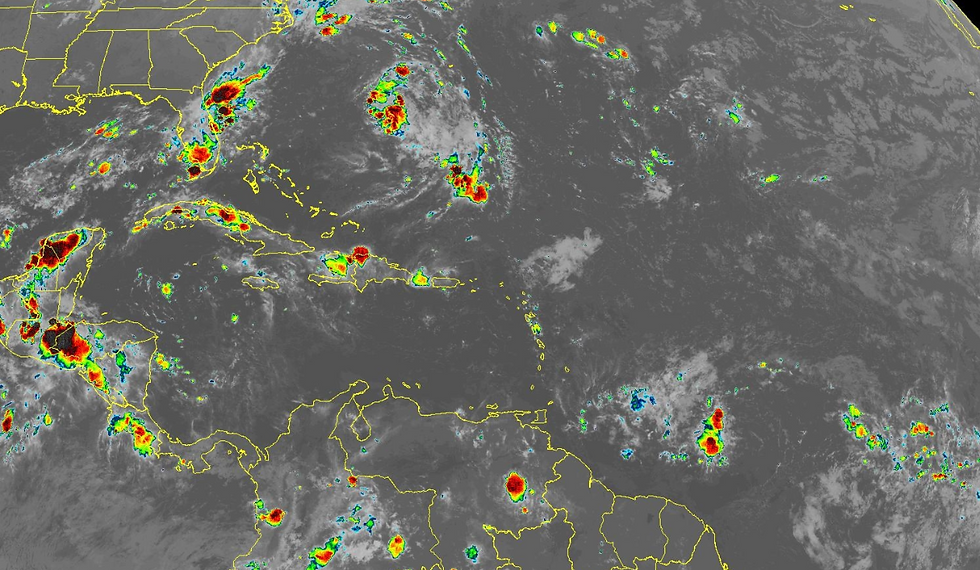Heat dominates east of the Rockies
- Sentinel Weather

- Jun 23
- 2 min read
A major, prolonged heatwave, driven by a large "heat dome" of high pressure in the upper atmosphere, is creating dangerously hot conditions across a vast area east of the Rocky Mountains. This heat is affecting tens of millions of people from the Midwest to the Northeast, and extending south into parts of Arkansas, Tennessee, Louisiana, and Mississippi.
Temperatures are well above average, with many areas experiencing highs 15 to 30 degrees Fahrenheit above normal. Heat indices, which account for humidity, are particularly concerning, often reaching between 100∘F and 105∘F (37.7∘C to 40.5∘C). Some cities, like Pittsburgh and Philadelphia, have seen or are forecast to see heat indices topping 105∘F (40.5∘C) and even 108∘F (42.2∘C).
Notable impacts and forecasts include:
Midwest: Cities like Chicago and Madison, Wisconsin, have already seen heat indices exceeding 100∘F (37.7∘C).
Ohio Valley: Columbus, Ohio, is forecast to reach 97∘F (36∘C) with a heat index around 104∘F (40∘C).
Northeast: New York City is expected to see highs around 95∘F (35∘C) on Monday and Tuesday, while Boston could approach 100∘F (37.7∘C) on Tuesday. Washington, D.C., is forecast for 100∘F (37.7∘C) on Tuesday and Wednesday.
Persistence: This heat is expected to persist into the coming week, with the hottest temperatures gradually shifting eastward.
Unusual Breadth: Meteorologists note that while high summer temperatures are not uncommon, the sheer geographical extent of this heatwave "everywhere east of the Rockies" with high dewpoints and heat is particularly unusual for June. Many areas, including Detroit and Washington D.C., could see multi-day stretches of 90∘F (32.2∘C) or higher temperatures, which have been rare so far this year.
Mitigation Efforts: Cities like Philadelphia have declared heat emergencies, opening cooling centers and providing hotlines for residents.
In summary, the most pressing weather concern in the U.S. is the expansive and dangerous heatwave blanketing the central and eastern states, with particular emphasis on the Midwest, Great Lakes, and Northeast. This is in stark contrast to cooler, wetter conditions in the Pacific Northwest.




Comments